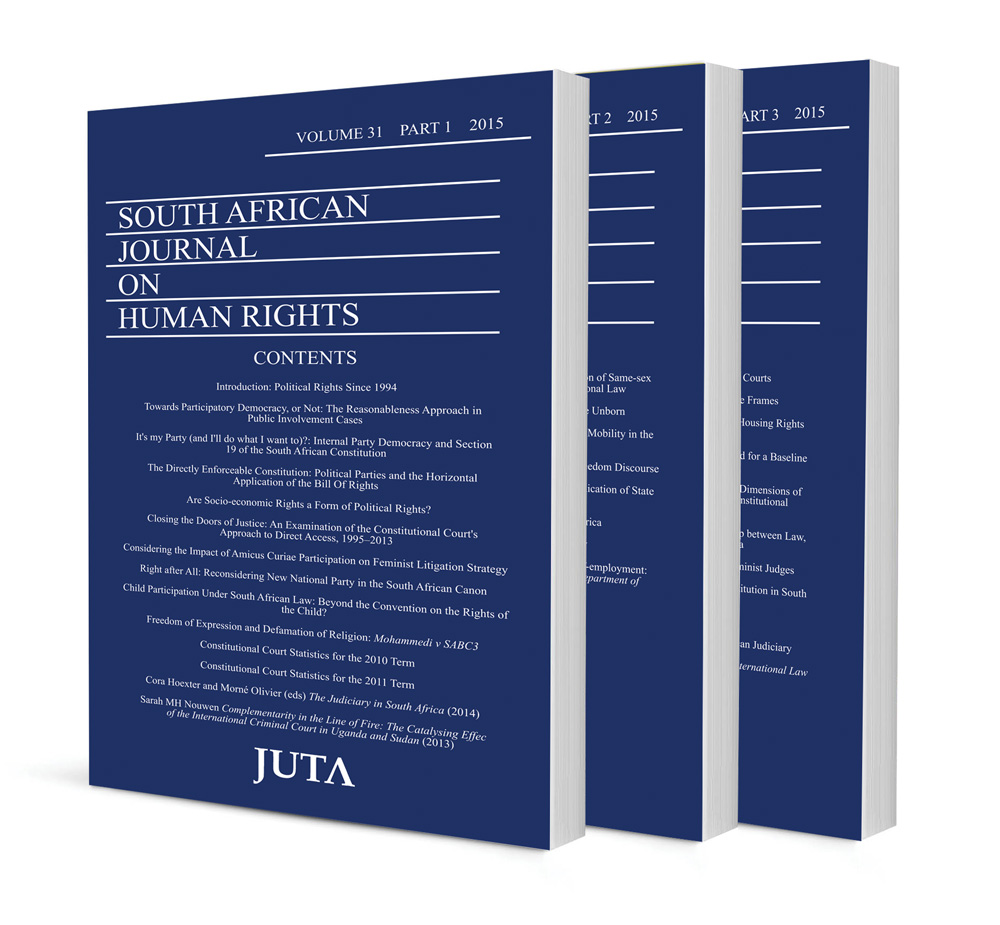
Envisaging provincial powers: A curious journey with the Constitutional Court
Authors Victoria Bronstein
ISSN: 1996-2126
Affiliations: Associate Professor, School of Law, University of the Witwatersrand
Source: South African Journal on Human Rights, Volume 30 Issue 1, 2014, p. 24 – 40
Abstract
This article examines the Constitutional Court’s attitude to federalism over the last two decades. The Chaskalson court was affirming and respectful of provincial powers. Justice Ngcobo’s majority judgment in DVB Behuising in 2000 epitomised this trend. A decade later Chief Justice Ngcobo wrote the judgment of the court in Tongoane which also showed a powerful appreciation of the constitutional design when it came to provincial powers. These two judgments illustrate a functional approach to federalism, which aims to make the constitutional scheme work as a coherent whole. Tongoane is also an illustration of the previous Chief Justice’s preoccupation with facilitating democratic accountability at both national and provincial levels. Justice Ngcobo’s nuanced approach to federalism matters makes his last judgment in Limpopo all the more surprising. The tone of the Limpopo judgment is that the court must be on its guard to prevent provincial government from usurping national powers. The decision foists extreme dependence on provincial legislative bodies in practice and on a symbolic level. Strong dissents from Justice Cameron and now retired Justice Yacoob resonate with positions that they had taken during the Chaskalson years. Curiously Justice Ngcobo’s final majority judgment with which the new Chief Justice Mogoeng concurs, resonates strongly with a previous attitude to provincial powers taken by Justice Mogoeng in the court a quo in DVB Behuising. Justice Ngcobo respectfully rejected Judge Mogoeng’s approach when that case came before the Constitutional Court on appeal. In Limpopo Justice Ngcobo could be seen as adopting the tenor of Justice Mogoeng’s previous judgment. Is increasing hostility to provincial powers likely to become a feature of the jurisprudence of the future Constitutional Court?